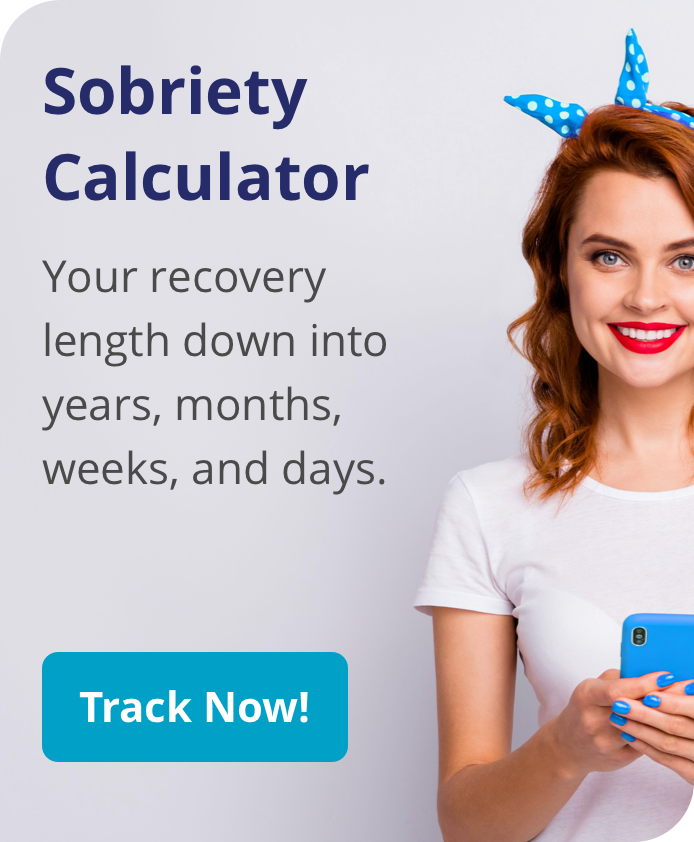 It is important to recognize the signs of abuse and addiction and to take steps to get professional treatment when necessary.
It is important to recognize the signs of abuse and addiction and to take steps to get professional treatment when necessary.
What Is Percocet?
Percocet is the brand name for a prescription painkiller made by Endo pharmaceuticals. It is a combination of the generic drugs oxycodone and acetaminophen. Percocet is available in different doses and is approved by the U.S. Food and Drug Administration to provide relief for moderate to moderately severe pain.1
Oxycodone is an opioid painkiller. Opioids are substances that act on opioid receptors in the body and brain, and include substances found naturally in the opium poppy, and those that are derived from them, like oxycodone. All opioids have a high potential for abuse and dependence.2 Acetaminophen is also a painkiller and it reduces fever and on its own, is available over the counter. There is no potential for abuse with acetaminophen, but taking too much can cause serious liver damage.
Percocet Use Statistics
Percocet is a common type of opioid painkiller that has been overprescribed in the past. Today the number of prescriptions written has decreased, but this drug and other opioids are still causing serious issues.
- Painkillers are the most common of types of prescription drugs misused in the U.S.
- The most common source of misused opioid painkillers is from a friend or relative
- In 2015, oxycodone painkillers like Percocet were the second most commonly abused painkillers3
- Oxycodone drugs like Percocet are among the painkillers that are most often involved in opioid overdose fatalities4
- Eighty percent of new users of heroin first misused prescription painkillers5
Signs of Percocet Abuse
Abuse of Percocet is any use of the drug that alters from a prescription. For instance, using it when it has not been prescribed, using more than was prescribed, or using the painkiller for longer than a doctor recommends, are all signs that someone is abusing the drug.
Signs that someone is high from using Percocet include slurred speech, drowsiness, constricted pupils, lack of awareness of surroundings, confusion, poor coordination, and difficulty with paying attention or remembering things.6 There are also some important signs to recognize that may indicate someone who is abusing Percocet has developed a substance use disorder:
- Hiding use of the drug
- Spending a lot of time or money getting and using it
- Taking more and more to get the same effect
- Becoming withdrawn from friends and family, as well as normal activities
- Engaging in risky behaviors while using or in order to use the drug
- Trying to stop using Percocet, but failing
- Experiencing cravings for it and then withdrawal when not using the drug
Need More Information?
Call now to be connected with one of our friendly, helpful admissions specialists.Percocet Withdrawal Symptoms
Cravings and having withdrawal symptoms when not using Percocet are clear signs that a person is developing a dependence on this drug. Withdrawal is the body’s signal that someone has become physically dependent on a drug and is also an important reason why it is so hard to stop misusing drugs like Percocet.
The withdrawal symptoms that Percocet and other opioids cause can be very uncomfortable, and it is important not to try to go through the process alone. Possible symptoms include anxiety, agitation, insomnia, muscle aches, runny nose, sweating, abdominal cramps, nausea, vomiting, diarrhea, dilated pupils and goose bumps.7
How to Treat Percocet Addiction
Substance use disorders involving Percocet and other opioid drugs can be very difficult to overcome. Anyone going through this who has failed at attempts to stop or cut back on drug use needs to seek professional assistance for recovery. The first step of the process is to detox, or allow the substance to leave the body. This causes withdrawal, and it often triggers a relapse, so doing it with professional supervision is important.
After detox, clients have several options for long-term treatment. This is necessary because detox alone is not an adequate treatment for any type of substance use disorder. Treatment in a residential facility is a good choice for many people because it provides a safe environment with support and no temptations. Intensive outpatient care is a good option for those who have a supportive and safe place to live.
MAT for Opioid Use Disorders
Transformations partial hospitalization treatment program includes medically supervised detox, individual and group sessions, trauma centered approach to treatment along with a variety of holistic and experiential therapies. Our intensive outpatient program includes a medication-assisted treatment (MAT) program that uses Suboxone to help reduce physical cravings and withdrawal symptoms from opioids such as Percocet.
Addiction treatment centers help clients learn to recognize underlying reasons for abusing Percocet and triggers that may lead to relapse. Regardless of the type of treatment someone chooses, getting professional help is crucial for long-term recovery from Percocet addiction.
- U.S. Food and Drug Administration. Percocet.
https://www.accessdata.fda.gov/drugsatfda_docs/label/2006/040330s015,040341s013,040434s003lbl.pdf - Mayo Clinic. Oxycodone and Acetaminophen.
https://www.mayoclinic.org/drugs-supplements/oxycodone-and-acetaminophen-oral-route/description/drg-20074000 - Substance Abuse and Mental Health Services Administration. Prescription Drug Use and Misuse in the United States: Results from the 2015 National Survey on Drug Use and Health.
https://www.samhsa.gov/data/sites/default/files/NSDUH-FFR2-2015/NSDUH-FFR2-2015.htm - Centers for Disease Control and Prevention. Prescription Opioid Overdose Data.
https://www.cdc.gov/drugoverdose/data/overdose.html - American Society of Addiction Medicine. Opioid Addiction 2016 Facts and Figures.
https://www.asam.org/docs/default-source/advocacy/opioid-addiction-disease-facts-figures.pdf - Mayo Clinic. Drug Addiction.
https://www.mayoclinic.org/diseases-conditions/drug-addiction/symptoms-causes/syc-20365112 - Medline Plus. Opiate and Opioid Withdrawal. https://medlineplus.gov/ency/article/000949.htm




